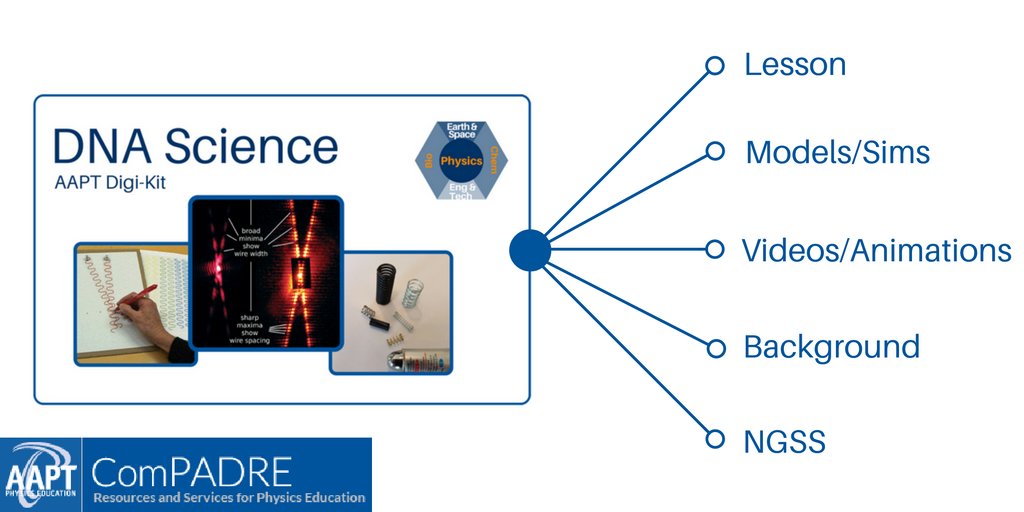
The Physics Teacher
November 2022
Volume 60 Issue 8
This Month’s Cover...is from the 2022 AAPT High School Physics Photo Contest, https://www.aapt.org/Programs/photocontest/index.cfm—a beautiful image called “Incredible Diffusion of Paint,” by Zihan Chen of Suzhou High School of Jiangsu Province, China. Zihan started with a 50-liter tank of water, and injected blue and orange paint. After a minute or two, the colors began to mix, revealing the fascinating motions of molecules in a liquid. Zihan reports, “We did several more experiments and found that the higher the water temperature, the faster the pigments spread.
Columns
And the Survey Says..., Astronotes, Figuring Physics, For the New Teacher, Just Physics, iPhysicsLabs, Little Gems, Physics Challenge for Teachers and Students, Fermi Questions, Talkin' Physics, Technology In The Classroom, Tricks of the Trade, Visual Physics, and Websights.
PAPERS
Course Modifications to Promote Student Mental Health and Move toward Universal Design for Learning by Melissa Eblen-Zayas, Kristen M. Burson and Danielle McDermott. DOI: 10.1119/5.0051626
Storytelling and Sensemaking Physics from Newspapers by E. J. Bahng and John Michael Hauptman. DOI: 10.1119/5.0052151
Multicultural History of Snell’s Law Laboratory Experiment in Introductory Physics by Brianna R. Billingsley and Cory W. Christenson. DOI: 10.1119/5.0053437
Preparing Precollege Students for the Second Quantum Revolution with Core Concepts in Quantum Information Science by Chandralekha Singh, Akash Levy and Jeremy Levy. DOI: 10.1119/5.0027661
The 3D-Printed Twirly Whirly: A New Spin on a Toy for Teaching Moment of Inertia by Spencer Perry. DOI: 10.1119/5.0044387
Funicular Bridges by Mark Denny. DOI: 10.1119/5.0057550
Investigating Satellites by Eugene Edward Nalence. DOI: 10.1119/5.0047025
Can Clockwise Exist without Clocks? by Wilson J. González-Espada, Kathryn Gallenstein and Katelyn Collins. DOI: 10.1119/5.0055836
A New Type of Interactive Video for Physics Education by Rundong Jiang, Xiaotong Ding, Shannon H. Sung, Dylan Bulseco, Charles Xie and Chenglu Li. DOI: 10.1119/5.0059350
Using a Mobile Phone to Demonstrate Thermal Properties of Materials by Arsenii Zhdanov and Anna Pyay. DOI: 10.1119/5.0052199
Magnetic Force between a Multilayered Solenoid and a Magnet by Hyejin Ha, Taehun Jang, Sang Ho Sohn and Junghwa Kim. DOI: 10.1119/5.0053248
Triboelectric Series Using a Simple Charge Sign Checker by Hina Morishige and Tetsuya Kato. DOI: 10.1119/5.0048094
An Angular Method to Calculate the Electric Field of a Long Cylindrical Shell by Fulin Zuo. DOI: 10.1119/5.0047953
Chains, Conveyor Belts, and Rockets by Miguel Lagos, Milton Elgueta and Mario I. Molina. DOI: 10.1119/5.0049343
A Color-Mixing Setup for a Physics Teaching Laboratory by Rucheng Dai, Zhongping Wang, Zengming Zhang and Lazhen Sun. DOI: 10.1119/5.0039994
Direct Detection of Alpha Particles with Solid-State Electronics by Ezzat G. Bakhoum and Marvin H. M. Cheng. DOI: 10.1119/5.0037639
The Laws of Planetary Motion (A Teaching Method Inspired by the History of Physics) by Rojans Coqueiro Rodrigues and Penha Maria Cardozo Dias. DOI: 10.1119/5.0058067
Low-Cost Methods for Improving Data Collection Speed in Microwave Bragg Diffraction by Tom Ekkens. DOI: 10.1119/5.0042152
An Experimental Analogy for Teaching the Law of Radioactive Decays in Secondary School Classrooms by Xabier Cid Vidal, Ramon Cid Manzano and Isaac Valiña Lema. DOI: 10.1119/5.0055748
Geometry and the Cause of the Seasons: The Changing Hours of Daylight and Elevation Angle of the Sun at Noon by Margaret Stautberg Greenwood. DOI: 10.1119/5.0038965
Analyzing the Center of Mass in Collisions Using Video Analysis by Mahardika Prasetya Aji, Ita Rahmawati, Nisrina Imtinan, Hestining Ajeng Permatasari, Husnul Hidayah, Suharto Linuwih, Aan Priyanto and Yusmantoro Yusmantoro. DOI: 10.1119/5.0027064
Determining the Focal Length of Converging and Diverging Lenses Using a Smartphone by Yoong Sheng Phang and Yiping Zhao. DOI: 10.1119/5.0055204
Race and Physics Teaching Collection Resource
Race and Physics Teaching Continued May 2020-January 2021
DNA Science Lesson & Digi-Kit
Inspired by an article from The Physics Teacher, this multidisciplinary lesson and digital resource collection is based on How Rosalind Franklin Discovered the Helical Structure of DNA: Experiments in Diffraction (Braun, Tierney, & Schmitzer, 2011). Click the image to access this resource.


